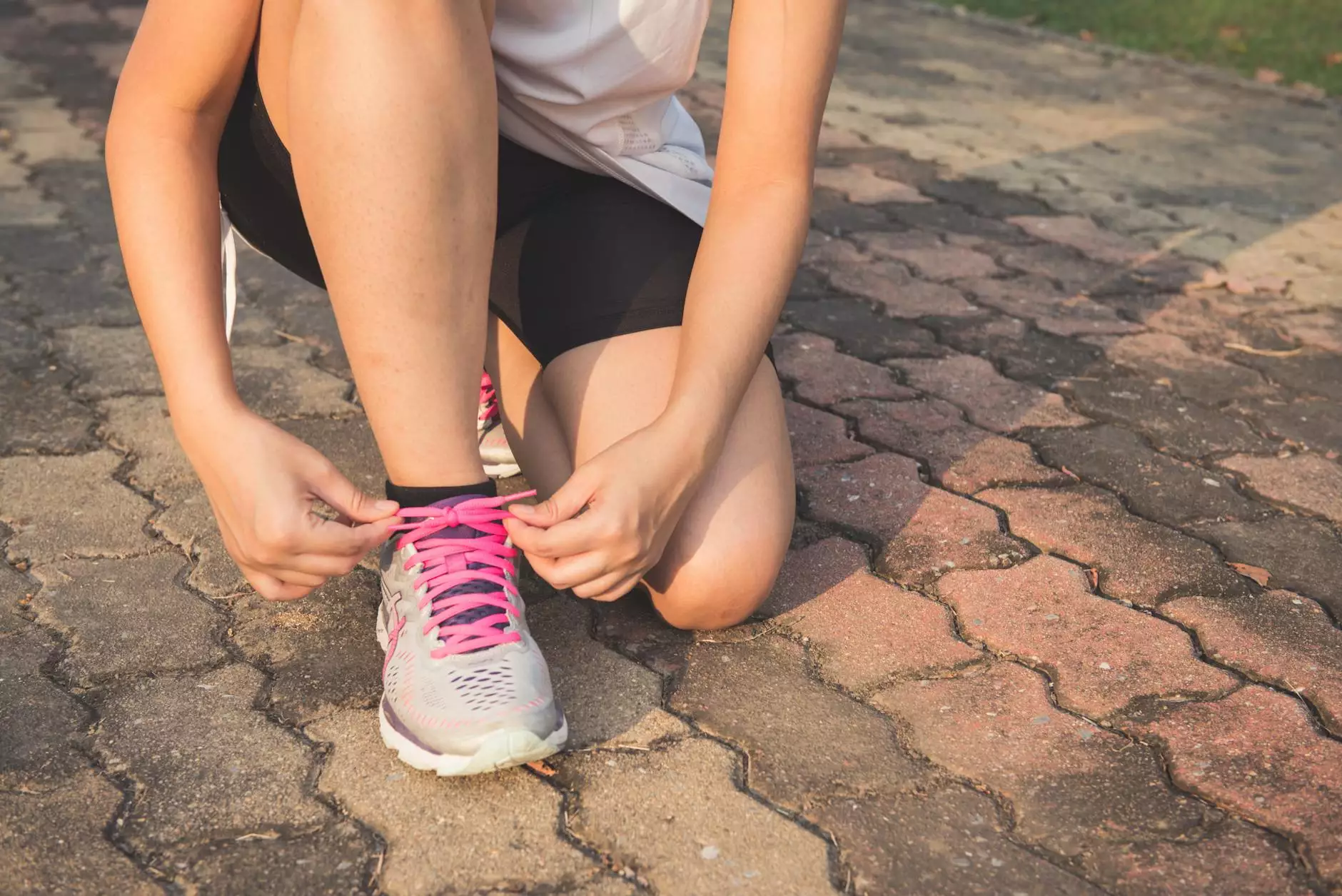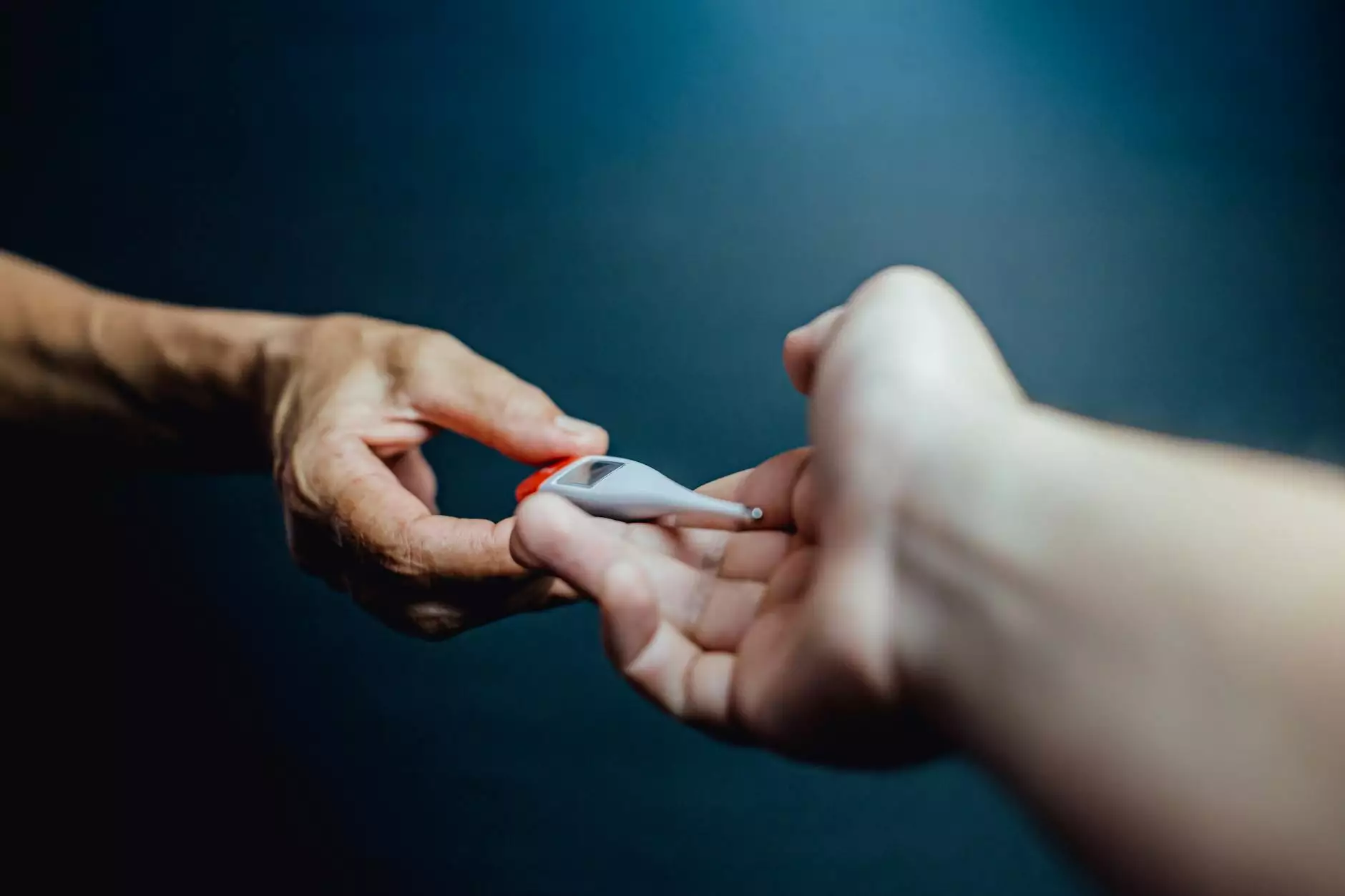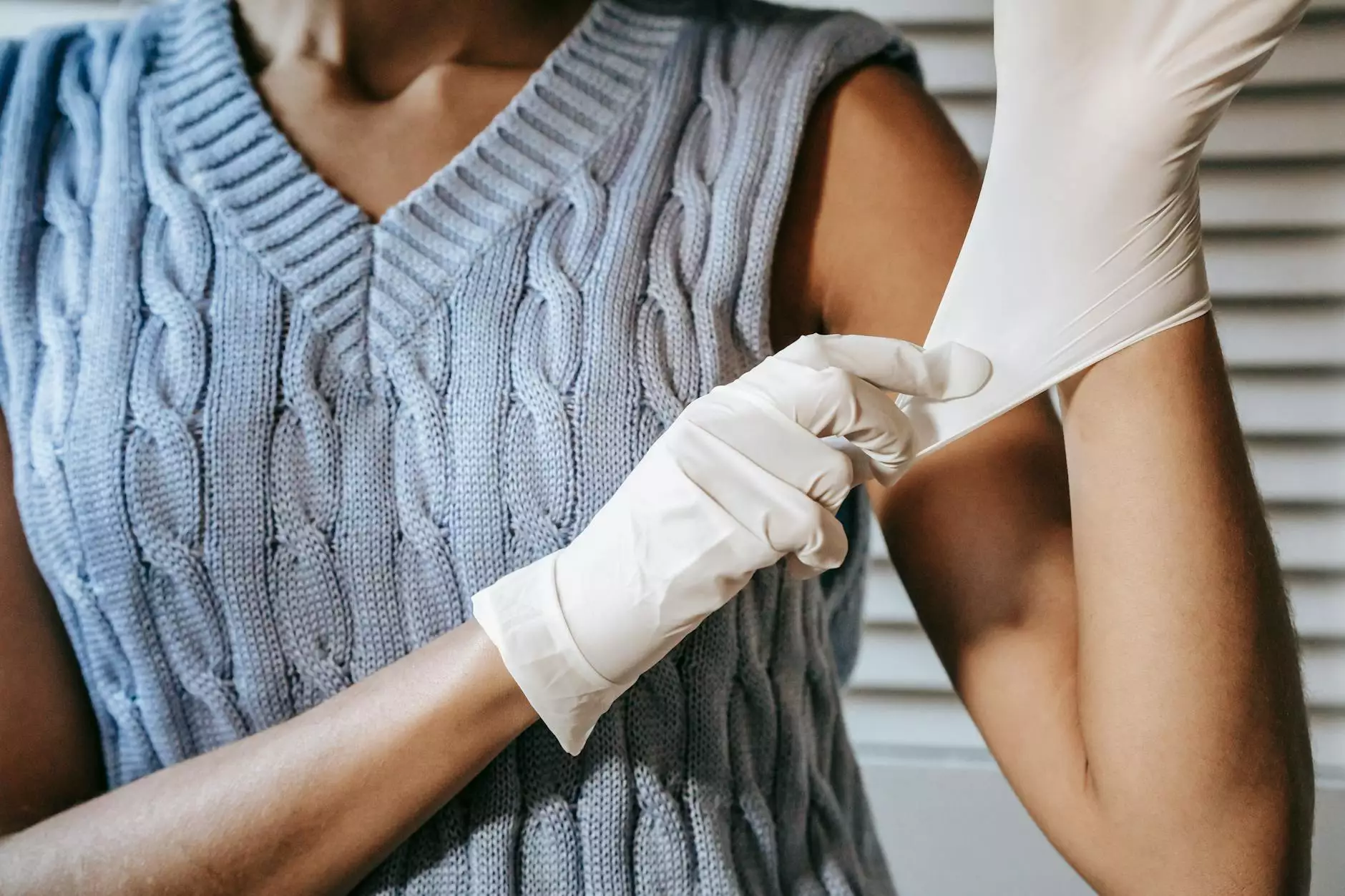ACHILLES TENDONITIS
Injury and Recovery
Understanding Achilles Tendonitis
Achilles Tendonitis is a common condition characterized by inflammation of the Achilles tendon, the largest tendon in the body. This tendon connects the calf muscles to the heel bone and is responsible for facilitating movement, particularly during activities like walking, running, and jumping.
Causes of Achilles Tendonitis
The primary cause of Achilles Tendonitis is overuse or repetitive strain on the Achilles tendon. This can occur due to:
- Excessive running or jumping
- Improper footwear
- Intense physical activity
- Poor biomechanics or abnormal foot structure
- Weak calf muscles
Symptoms of Achilles Tendonitis
Individuals with Achilles Tendonitis often experience the following symptoms:
- Localized pain and tenderness along the back of the leg, just above the heel
- Morning stiffness and pain that improves with activity
- Swelling and inflammation in the affected area
- Difficulty walking or participating in physical activities
- Audible cracking or popping sounds
Treatment Options for Achilles Tendonitis
At Butterfield Oxygen & Medical Equipment, we prioritize providing effective treatment options for Achilles Tendonitis. Our comprehensive approach includes:
1. Rest and Modification of Activities
One of the first steps in treating Achilles Tendonitis is to rest the affected tendon and modify any activities that may aggravate the condition. This helps reduce inflammation and allows the tendon to heal.
2. Physical Therapy and Rehabilitation
Our team of experienced professionals can develop a personalized physical therapy program aimed at strengthening the calf muscles and improving flexibility. These exercises can help in the rehabilitation process and prevent future injuries.
3. Orthotic Devices and Footwear
We offer a range of orthotic devices, such as heel cups or shoe inserts, that provide support to the Achilles tendon and help with proper alignment. Additionally, our knowledgeable staff can guide you in choosing appropriate footwear to alleviate strain on the tendon.
4. Medications and Pain Management
In some cases, non-steroidal anti-inflammatory drugs (NSAIDs) may be recommended to reduce pain and inflammation associated with Achilles Tendonitis. Our experts can guide you in selecting the appropriate medication and dosage.
5. Extracorporeal Shockwave Therapy
For chronic or severe cases of Achilles Tendonitis, extracorporeal shockwave therapy (ESWT) may be recommended. This non-invasive procedure stimulates healing by delivering shockwaves to the affected area, promoting blood flow, and reducing pain.
6. Surgical Intervention
In rare cases where conservative treatments fail to provide relief, surgical intervention may be considered. Our skilled surgeons specialize in procedures aimed at repairing the Achilles tendon and restoring normal function.
Preventing Achilles Tendonitis
Prevention plays a crucial role in avoiding Achilles Tendonitis. Here are some tips to reduce the risk:
- Wear appropriate footwear with adequate support and cushioning
- Gradually increase the intensity and duration of physical activities
- Stretch and warm up before exercising
- Strengthen the calf muscles through regular exercises
- Listen to your body and rest when experiencing pain or discomfort
Trust Butterfield Oxygen & Medical Equipment for Your Needs
As a trusted resource in the field of Business and Consumer Services, Butterfield Oxygen & Medical Equipment is committed to providing high-quality products and services to individuals with Achilles Tendonitis. Our experienced team is dedicated to helping you find the best solutions to manage and overcome this condition.
Contact us today to learn more about our comprehensive range of products and services for Achilles Tendonitis treatment and prevention.




